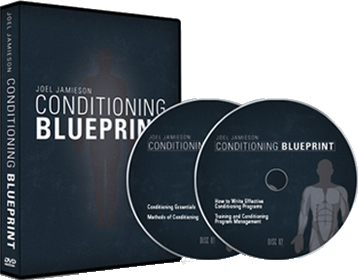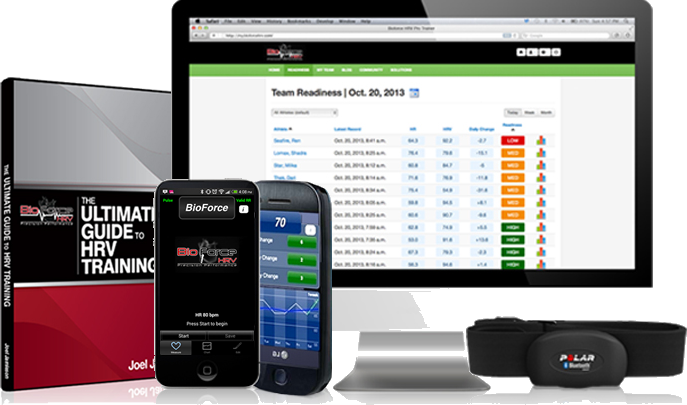Tying It All Together: Annual Planning
By Joel Jamieson
You have to begin your road to improvement by establishing some sort of baseline to compare you progress to.
The best way to assess your basic aerobic fitness is to measure:
Resting heart rate
Heart rate variability (HRV) score- BioForce
Cooper's test or 12 minute test
Heart rate recovery
To assess baseline anaerobic fitness, the best measures are:
Alactic power 3-6 sec
Alactic capacity 6-10 sec
Jump tests
Lactic power 30-40 sec
Once you've established your basic energy system fitness levels, you can focus on designing a program that will train those systems to meet your goals.
General programming principles:
1.) Have an annual energy system training plan
2.) Use the high/low model (the most effective way to improve energy systems while simultaneously staying healthy)
The annual conditioning program is based upon the principle that periods within the training year require different strategies and development of different energy system components.
There are four categories which the training year can be divided into:
1.) General (base) developmental
2) Specific developmental
3.) Pre-competitive
4.) Competitive
The high/low model of training can be used within each stage of the training year and is based on the concept that training should be either high intensity/power/strength or low intensity/power/strength.
Not much time should be spend in the moderate training intensity/power/strength range, because this middle ground often leads to high levels of fatigue with little improvement.
There are many resources available to help you integrate additional training methods, program development/management tools, and energy system concepts into your game plan.
To build off of what you've learned in this 5-day course, we recommend a few of our most popular conditioning essentials...
Take your fitness to the next level with these essential training resources.



Ultimate MMA Conditioning
Learn how to get in shape faster than ever before with methods used by more than 30 top level MMA pros
Conditioning Blueprint
Learn from one of the industry’s top strength & conditioning coaches in more than 3 hours of video
BioForce HRV System
Cutting-edge technology that delivers results. Push your body to its limits & take your conditioning to a whole new level